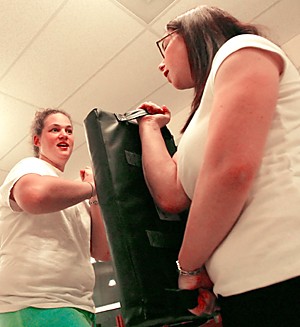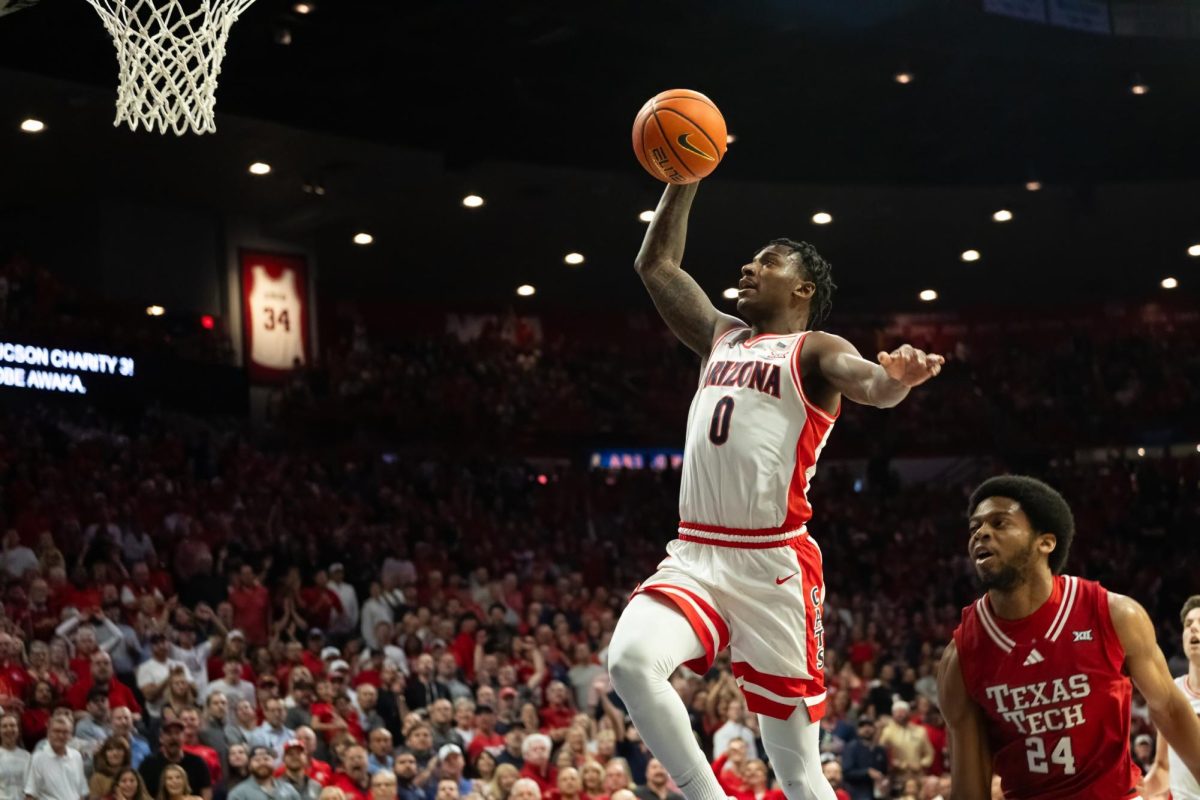The Alpha Epsilon Phi sorority hosted a safe-sex seminar, a yoga class and a self-defense class last night to promote health and sisterhood among the members.
The sorority organized the event in order to help integrate the various pledge classes in the sorority, said Lauren Freed, sisterhood chair of Alpha Epsilon Phi.
The safe sex seminar was led by Lee Ann Hamilton, a campus health educator from Campus Health Service.
Hamilton talked about the importance of condoms, dental dams and other forms of birth control. Sorority members participated in the discussion and asked questions concerning STDs and gynecological exams. Hamilton also informed the members about what options Campus Health offers for women.
Hamilton said that about 73 percent of students polled at the UA said they had had intercourse at some point, and about 50 percent of freshmen are virgins.
Hamilton ended by saying that even though many students were sexually active during college, many others chose not to be so.
“”Not everyone leaves with a degree and having had intercourse,”” she said.
Rachel Nelson, psychology freshman, said she was surprised by the sex statistics Hamilton provided.
“”I figured more people had sex,”” she said.
Rebecca Gerrick, president of Alpha Epsilon Phi said she was surprised that such a large amount of students on campus were sexually active.
Casey Finman, a family studies junior, said she was glad to learn that cold sores could transmit herpes.
“”I (also) didn’t know about HPV,”” she said.
After the seminar, the women split up into groups and were shown a few yoga positions.
Alexandra Meyn, a yoga instructor at the Student Recreation Center, said yoga was a mind and body workout that exercised all muscle groups and focused on balance.
She instructed the women to position themselves into a downward-facing dog, which looks like an upside-down “”V.””
Freed said the yoga was really relaxing and beneficial because it helped them stretch out.
“”It was challenging but it was worth it,”” she said.
Allison Dreyer, a political science senior, agreed.
“”Some of the positions were really hard. I didn’t think I could do some, but I was surprised I had it in me,”” she said.
The women ended the session by going over some self defense moves that could help them if they were in physical danger. An instructor showed the women the weakest areas of the body – the carotid artery in the neck, the diaphragm, and the toes – and explained how to defend by hitting those areas.









